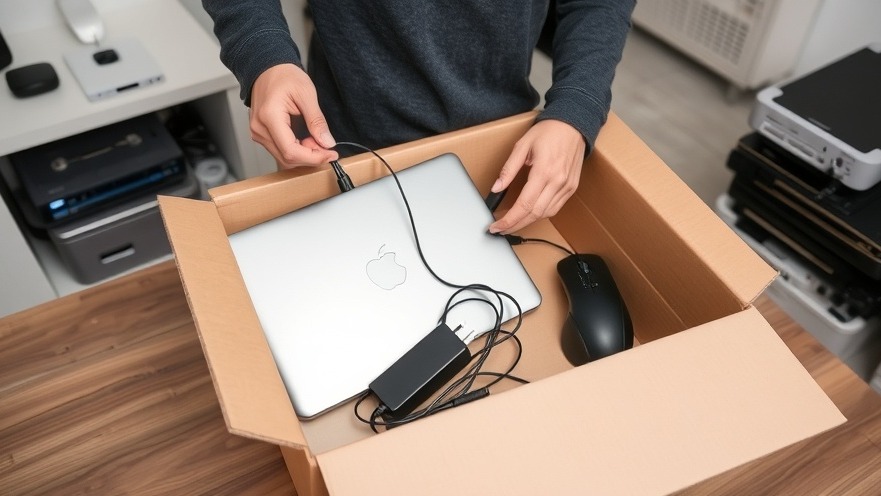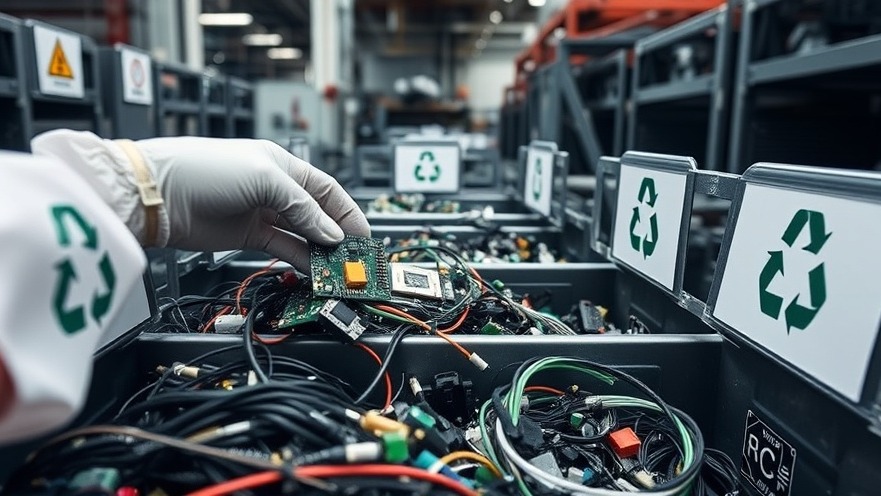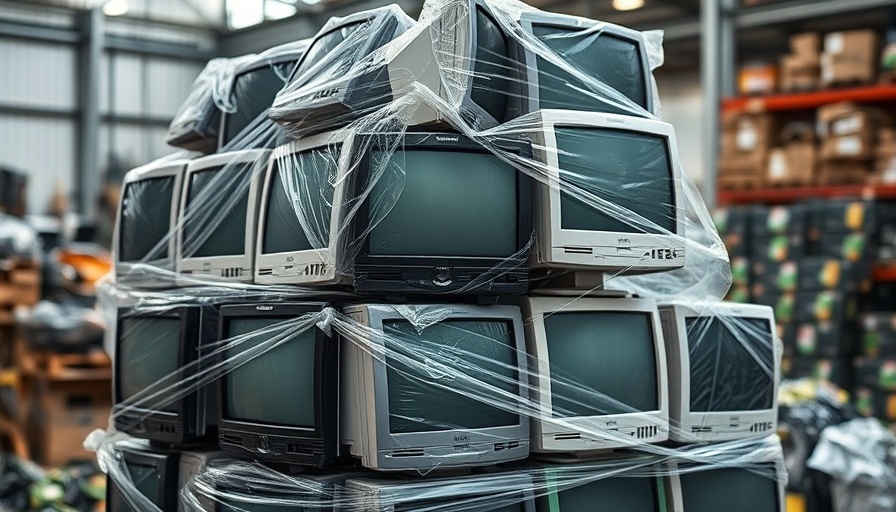
The Urgent Need for Computer Recycling
Every day, over 112,000 computers are discarded in the U.S., and a shockingly small number are recycled responsibly. Instead, most end up in landfills or are shipped overseas, where they can leak hazardous materials such as lead and mercury into the environment.
With e-waste becoming one of the fastest-growing waste streams in the world, it’s crucial for each of us to understand the importance of computer recycling.
Understanding E-Waste: What You Need to Know
Electronics like computers fall under the category of electronic waste (e-waste). Disposing of them improperly not only poses risks to your data and privacy but also endangers the community and environment.
Many may assume that tossing an old computer in the trash is acceptable, but that couldn’t be further from the truth. Knowledge is power, and with a few simple steps, you can recycle your computer responsibly.
Step-by-Step Guide to Responsible Computer Recycling
Recycling your old computer isn’t just good for the environment—it also protects your personal data and supports the responsible reuse of valuable materials. Whether you're upgrading your tech or simply clearing clutter, here’s how to make sure your device is handled the right way:
1. Locate Certified E-Waste Recyclers
Look for recycling programs or drop-off locations that are R2 (Responsible Recycling) or e-Stewards certified, which ensures they follow strict environmental and data security standards. In Sacramento, some well-known options include:
California Electronic Asset Recovery (CEAR)
SMUD’s e-waste collection events
Goodwill and Best Buy (offer free or low-cost electronics recycling)
Your county website or CalRecycle.ca.gov can help you locate authorized centers near you. Some municipalities even offer curbside or pickup services for e-waste on specific dates.

2. Prepare Your Computer for Recycling
Before handing off your computer, it’s essential to remove any sensitive personal information. This protects you from identity theft or data leaks.
Follow these steps:
Backup any important files to a cloud service or external drive.
Log out of all accounts (email, social media, iCloud, etc.).
Perform a full factory reset or, better yet, use a disk-wiping tool (like DBAN or Eraser) to completely overwrite your data.
Remove external devices (USB drives, SD cards, dongles) and check all compartments.
If you’re unsure how to do this, some recyclers offer data destruction certificates for added peace of mind.
3. Decide Whether to Donate, Trade In, or Recycle
If your device is still in working condition, consider donating it to schools, nonprofit organizations, or tech refurbishing programs. Many communities have digital equity programs for low-income families and students who need working computers.
Alternatively, some manufacturers (like Apple, Dell, and HP) and retailers (like Best Buy and Staples) offer trade-in credit for newer devices. It’s worth checking if you can get value back before recycling.
4. Drop it Off Safely
Once your data is cleared, and you’ve explored all reuse options, it’s time to recycle responsibly.
Take your device to a registered e-waste collection site or authorized event.
Use manufacturer mail-in programs (many cover shipping for free).
Keep the components together (keyboard, charger, cables), if possible, for easier processing.
Some organizations even schedule community e-waste drives, especially in spring and fall—check your local event calendar.
5. What Happens After You Recycle?
Your recycled computer will go through a multi-step process:
Assessment: Devices are inspected for reuse potential.
Dismantling: Parts are separated (metals, plastics, glass).
Material Recovery: Usable materials like copper, gold, aluminum, and rare earth minerals are extracted.
Responsible Disposal: Non-recyclable parts are disposed of following environmental guidelines.
Choosing certified recyclers ensures this process is safe, ethical, and keeps hazardous substances like lead and mercury out of landfills.
By taking a few extra steps now, you can help protect the planet, preserve valuable resources, and keep your digital footprint secure.

Why Certified Recycling Matters
Opting for certified computer recycling keeps your data safe and protects both your community and the environment. Recyclers who are certified are held to higher standards, ensuring that the gadgets are processed in ways that minimize environmental impact. This not only prevents toxic substances from leaching into the soil and water, but also recycles valuable materials that can be used in new electronics.
The Emotional Connection to Sustainable Practices
For health-conscious adults, busy parents, and wellness enthusiasts, the journey towards sustainable living often begins at home. Taking the initiative to recycle electronics reflects a commitment not just to personal wellbeing but also to the health of the planet. Each time we recycle responsibly, we contribute to a cycle of sustainability that influences future generations.
Conclusion: Take Action for a Better Tomorrow
Recycling computers might seem like a small step, but it plays a crucial role in shaping a sustainable future. By understanding e-waste's impact and taking responsibility for our electronic devices, we can protect both our environment and our communities. Remember, every little action counts! So gather your old electronics today and find a recycling facility near you.
 Add Row
Add Row  Add
Add 





 Add Row
Add Row  Add
Add
Write A Comment